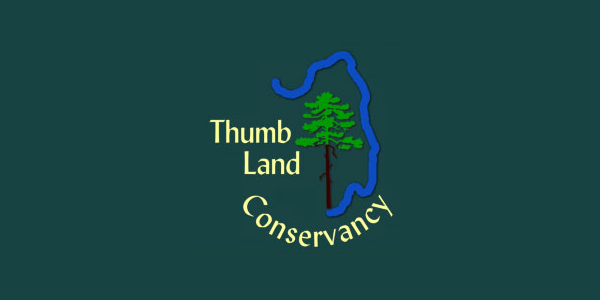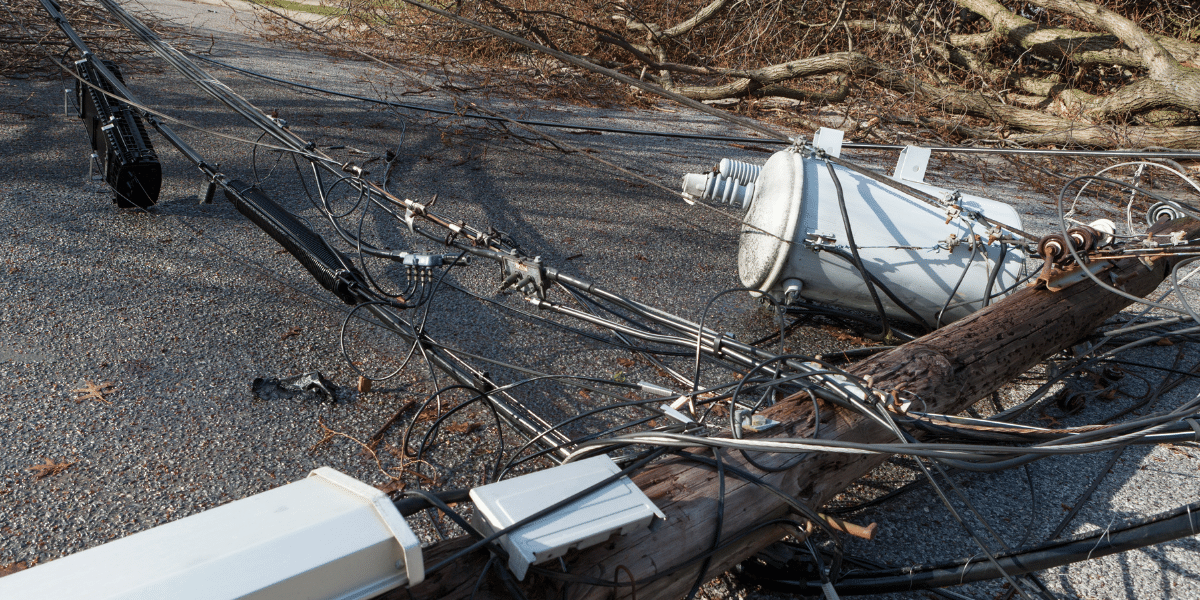Port Huron State Game Area Day
Michigan Department of Natural Resources (MDNR) Wildlife Division staff are hosting a tour of the Port Huron State Game Area on Saturday, September 24, from 9:00 am to 3:00 pm. The MDNR field office at 6181 Lapeer Road in Kimball Township will serve as the central meeting location, and MDNR staff will be set-up to interact with attendees.
The primary goals for this event are to:
- Increase awareness of State Game Areas and make them more accessible to users, including hunters and non-hunters
- Showcase the Port Huron State Game Area
- Make MDNR Wildlife Division staff and local partners more accessible
- Celebrate and showcase MDNR partnerships with the public
The Thumb Land Conservancy (TLC) is encouraged by this well-deserved attention to one of the most significant natural areas in the region. Several TLC members have promoted the Port Huron State Game Area, including Bob Haas who worked for the MDNR Fisheries Division for many years and authored the Black River Assessment. Bob passed away in June.
TLC Member John Fody did much of the field work to produce the 2012 Natural Features Inventory and Management Recommendations for the Port Huron State Game Area.
Tour planning is underway and will include driving and walking. There will be activities for kids at the field office, including a nature loop they can check out. They will have combo kits of blaze orange hats and vests to give out, as well as some other goodies that are still to be determined.
Reporting for WGRT – George James






